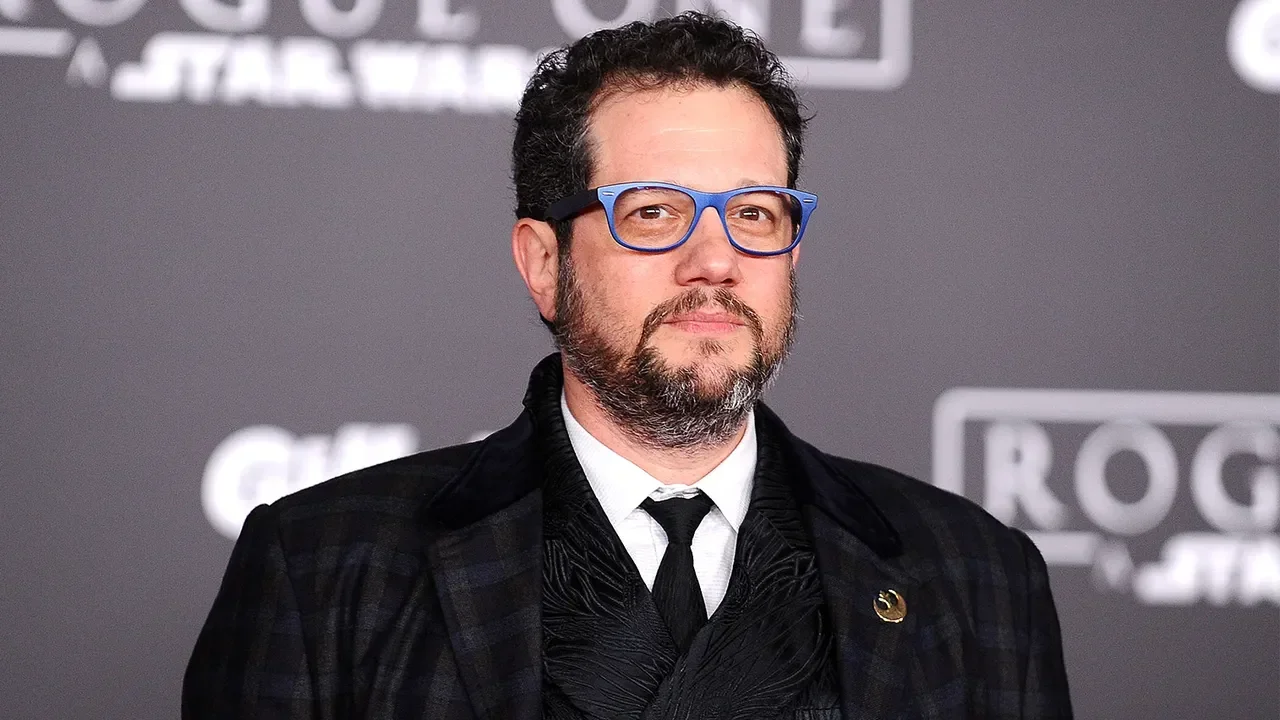De-Aging Technology - The Good, The Bad, And The Unspeakable
Image Source: People
Digital de-aging has been around in one way or another since the early 2000s and has caused much discussion online – and, more importantly, some amazing meme content. While the nuances and processes behind these tasks are way above this simple writer's head, the process falls under two categories. One is a VFX approach where the actor has their face digitally edited and touched up to appear like their younger selves. Or two, a more CGI approach where a character's appearance is entirely made from digital scratch and composited onto a double or a stand-in's body. Across film and TV, these approaches (and combinations of both) have been used to varying degrees of success. But what is the difference between good and bad?
Also, please note that NONE of these say that the artists involved did a bad job. We are more than aware that there are always extenuating circumstances like time, budget, technology, etc. So let's keep it civil, shall we? Speaking of…
RELATED:
Image Source: Digital Spy
First, we have Robert Downey Jr in Captain America: Civil War. Using footage from Downey's turn in Less than Zero and other films from the time, the team accurately recreated a youthful Tony during what would be a turning point in his young life. By keeping the actions sparse and allowing Downey to bring some of the mannerisms he brought to the older character, this looks and feels like a real, young Tony Stark – long before he became the shell head we all know and love. This was building on the same successes Marvel had found in Ant-Man, where Michael Douglas was de-aged 25 years to show us a young (and punchy) original Ant-Man. It works surprisingly well, considering this was Marvel's first foray into digital de-aging. Douglas was already known as a massive Hollywood star in his younger days, so people are very familiar with what he should look like. By using it sparingly, and presumably giving it a substantial amount of time in VFX, the audience can put their disbelief on hold that a young, handsome Michael Douglas just punched that guy in the face.
These examples show that this approach can forward a film's plot cleverly and sparingly. However, if you plan on using this feature throughout a movie, it isn't enough to stick a younger version of the actor's face onto their body and charge on. Samuel L Jackson, we de-aged over 20 years in Captain Marvel, and, to be fair, it did look good…in stills. Jackson may be a tremendous actor, but he is a man in his 70s – and while clearly, he could take me out in a fight, he does move like a man in his 70s. It breaks the illusion when watching him run or fight, or even to some extent, emotes. The Samuel L Jackson of Die Hard with a Vengeance is a VERY different actor to the one in Captain Marvel. This issue is best exemplified in Scorsese's The Irishman. A tremendous film with superb direction, writing, and a calibre of actors that is unparalleled.
Image Source: Indiewire
However, all the Hollywood magic and money in the world can only go so far when de-aging these titans of Hollywood. These men in their late 70s have been active for over 50 years. With a runtime of over 3 and a half hours, this sheen wears off, and you notice the incongruencies more and more. That's not to say that the film's core can't be about the linear nature of time, no matter which direction it moves in à, la The Curious Case of Benjamin Button. The quality of the aging quite simply would make or break the film. For the vast majority of this, the aging up and aging down works really well. Considering when this film was made, this is no mean feat!
Now that we have discussed these, with some semblance of critical eye and nuanced thought. Let's look at the other side of the fence, where an attempt was made – but it was a swing and a miss.
Image Source: Weird Worm
In X-Men: The Last Stand, Patrick Stewart was de-aged for a flashback to meet Jean Grey. However, a layer was clearly turned off in Compositing, or someone forgot to add sub-surface scattering, as they accidentally used a large egg instead of Professor X's handsome head. However, this was one of the first films to try this technique – so A for effort. However, one film that does not have this excuse is Gemini Man. Made 13 years after The Last Stand, Will Smith has to fight a younger version of "himself" that looks cheap and poorly lit. Concerningly this has a very similar conceit as Looper – created 7 years beforehand – yet looks much worse. Finally. Rogue One. Why you gotta do Leia dirty like that. Poorly thought out, horribly executed, and left a poor taste in many Star Wars fans' mouths. The one saving grace of this is it somehow managed to make the CG Tarkin look better in comparison.
Image Source: Bored Panda
As with any technology, De-aging will grow, adapt and improve. The upcoming Tom Hanks film Here spans generations, so is employing new hyper-real AI technology to transform the leads into younger generations of themselves – but one thing at its core must be that however these techniques are implemented, they MUST still be at the service of the plot, the characters, or the story. Otherwise, it's just a cheap gimmick.
READ NEXT:

















